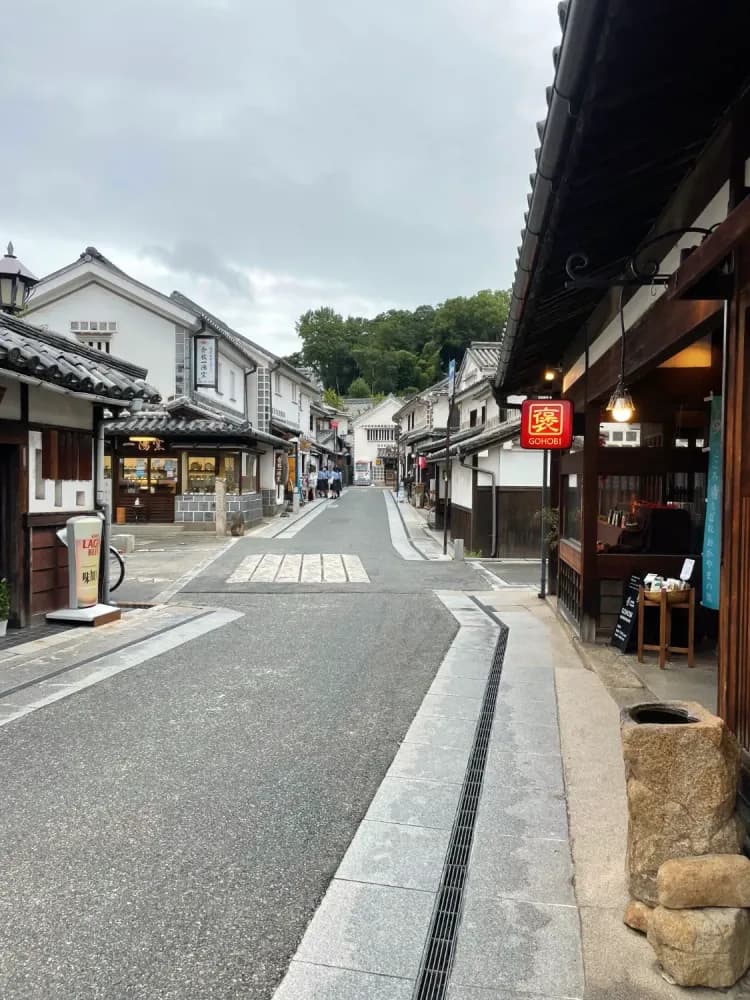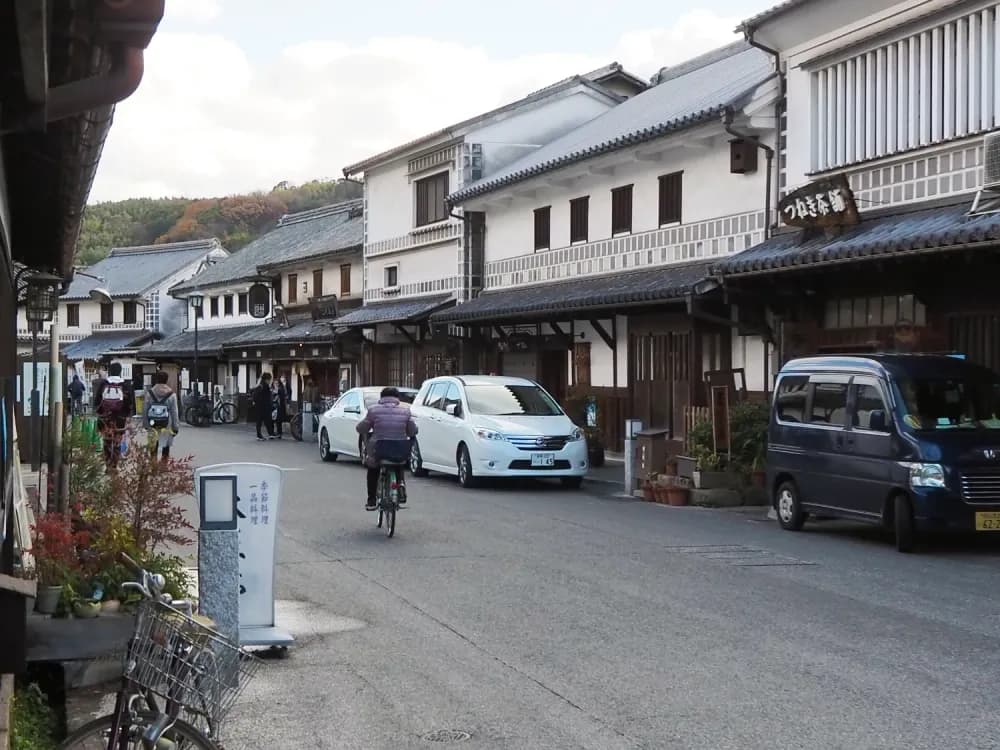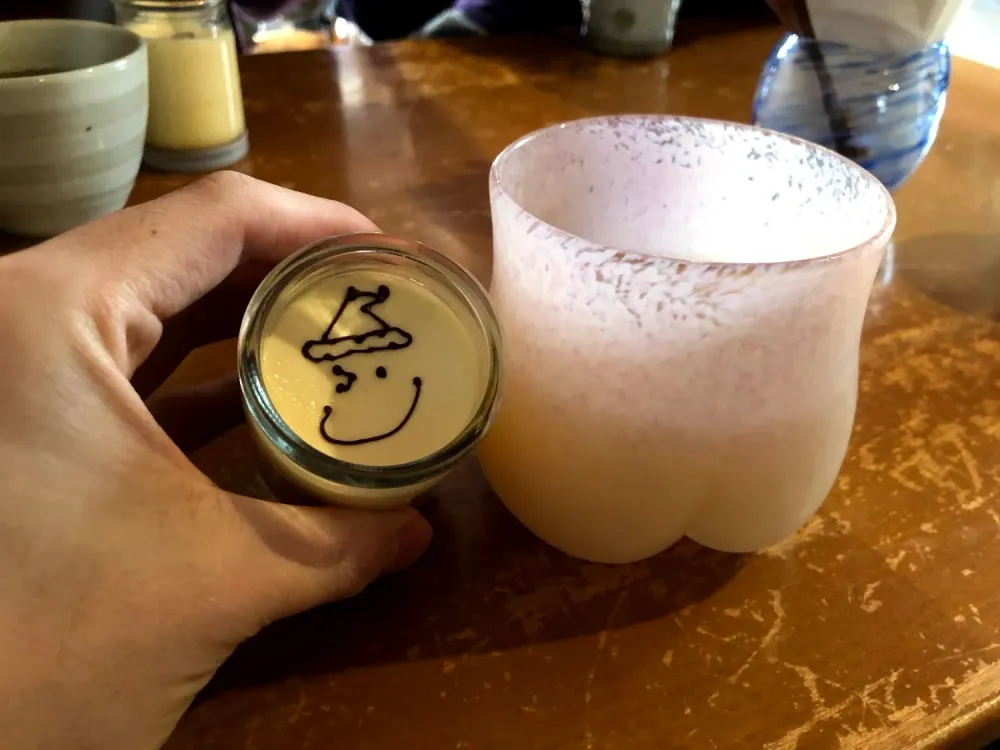Japan actually has its own domestically produced jeans industry, valued for its attention to detail and high-quality textiles. In the 1950s and 1960s, jeans grew in popularity throughout Japan, especially due to its pop culture rebellious image from American media imported after the Second World War. This boom in popularity affected not only Japan, but around the world, and to cope with increased production, American jeans manufacturers used new mass-production techniques, rather than traditional shuttle looms, resulting in higher production volumes but lower quality and attention to detail.
In response, there was a desire to create high-quality jeans in Japan, and this desire was especially strong in the Kojima area in Kurashiki that has had a long tradition of textile production. So in 1965, the first domestically made pair of jeans were produced by Kurabo Mills in Kojima, under the Canton Brand by Maruo Clothing. Kurabo Mills is one of the world’s longest running mills since the 1890s, and to make these jeans, they continued to use their traditional shuttle looms that were made by the Toyoda Automatic Loom Works (the predecessor to the current Toyota Motor Company).
To completely produce jeans domestically though, the textile itself had to also be made in Japan. While Japan has had a long tradition of aizome (藍染, indigo-dying), these traditional methods caused the pigment to fully penetrate and cover the entire cotton fiber. American denim textiles were only dyed on the surface, giving rise to the white “fade” that appears after wearing them for a number of years. So in 1967, Kaihara Mills, a Hiroshima-based legendary dyer of kimono cloths that was founded in 1893, created a new aizome technique that created the “faded” look after prolonged use, despite the cotton fiber being fully dyed.
So in 1972, the first ever fully domestically Japanese denim textile was produced. The Kurabo Denim 8 or KD-8 was the product of Kurabo Mills’ 8th try at making fully domestic denim jeans. In 1973, Maruo Clothing would produce the Big John “M” series of jeans that used KD-8 textiles, making it the first domestically mass-produced pair of jeans.
Japanese denim has become known around the world for its quality and its resilience. The traditional aizome indigo-dying technique allows the cotton fiber to be fully-dyed, allowing the blue pigment to last for much longer. Japanese jeans still use the traditional natural indigo dye from the Indigofera tinctoria plant leaves, while most jean manufacturers in the rest of the world use synthetic dyes that are cheaper. Additionally Japanese jeans use selvedge (from the phrase “self-edge” fabrics, which prevent the material from unravelling. These textiles are woven at a short width, recovering the use of old looms, and more skill and adeptness, that leads to a tighter and denser weave.






